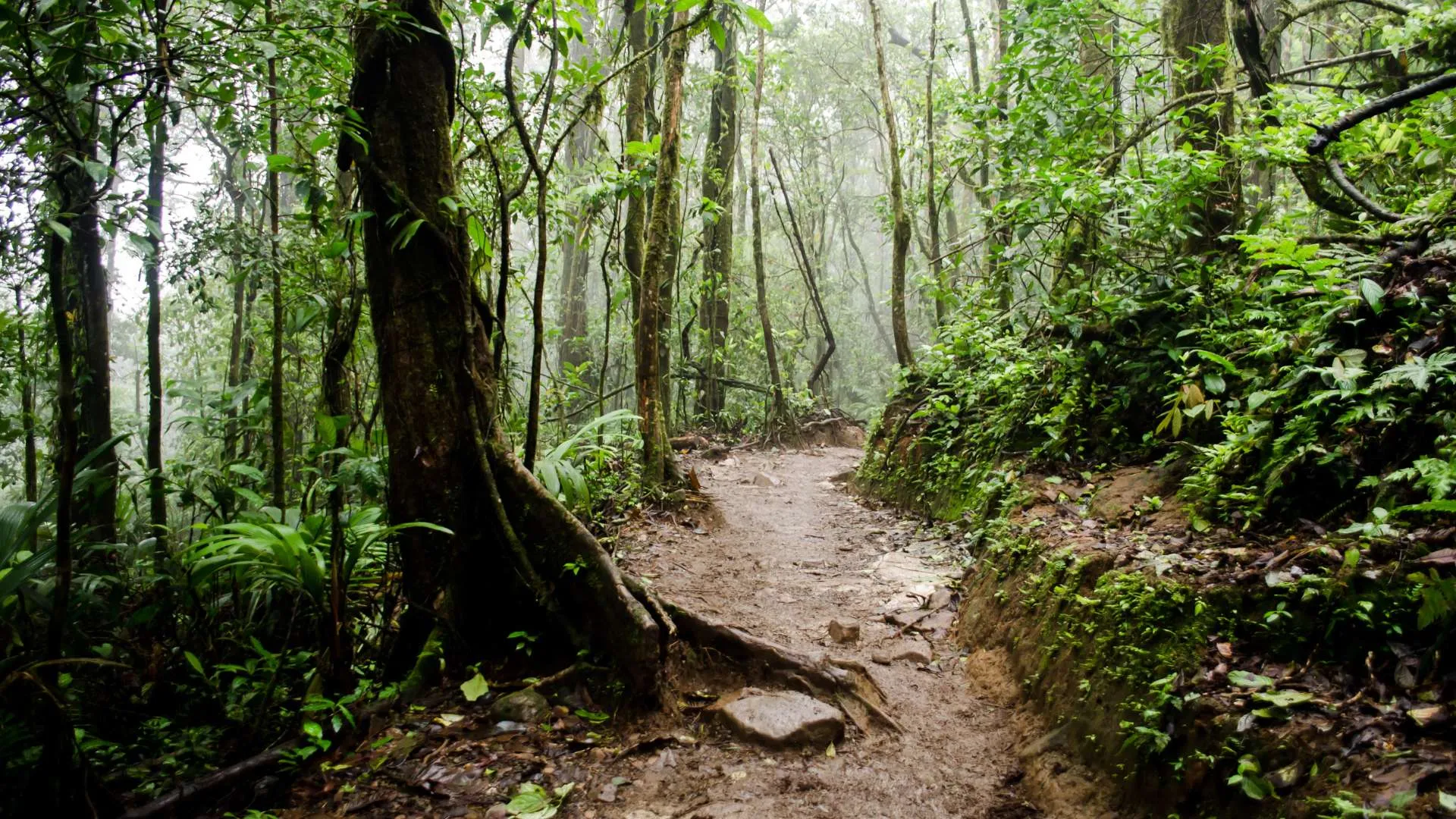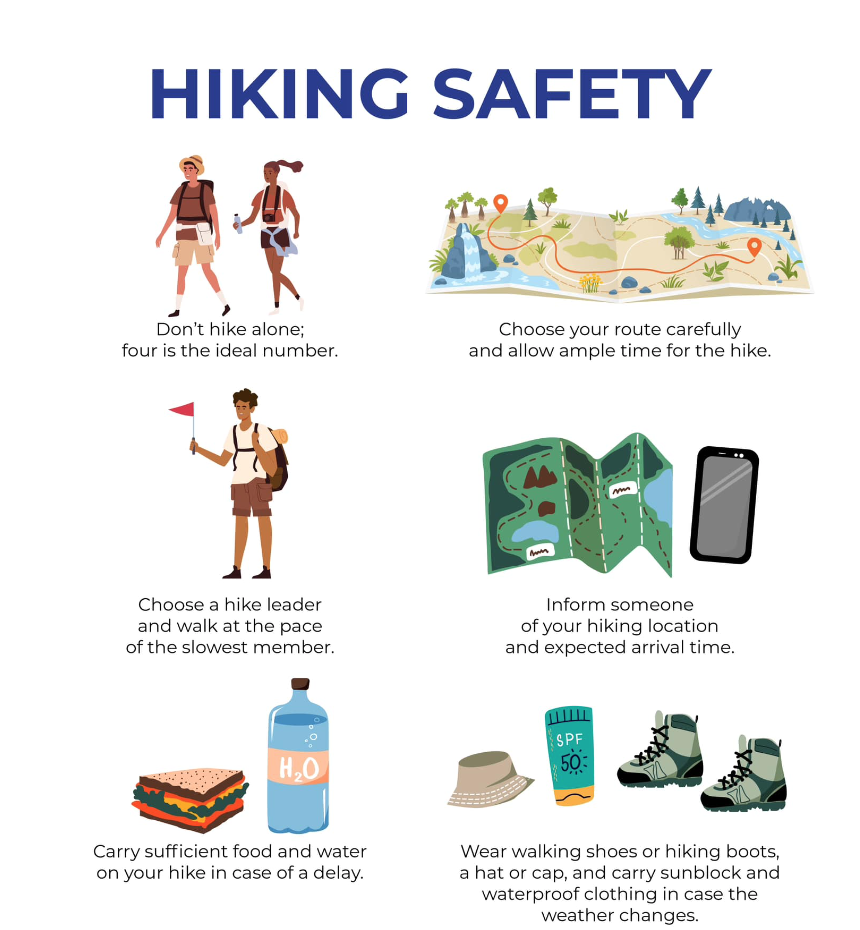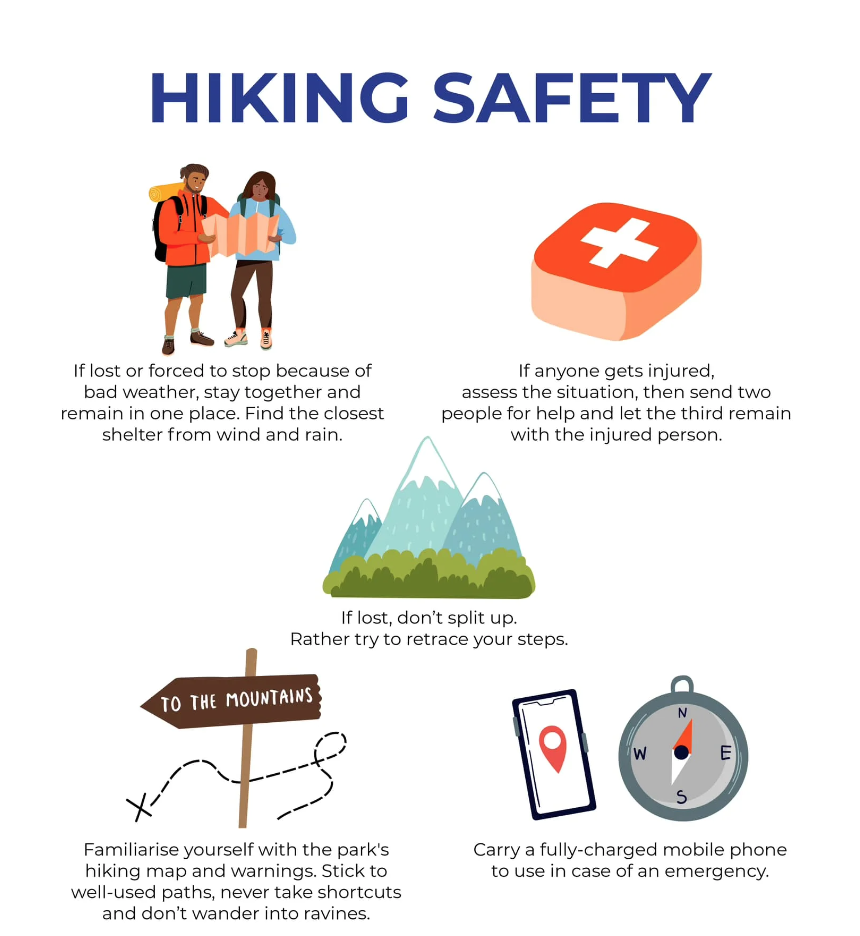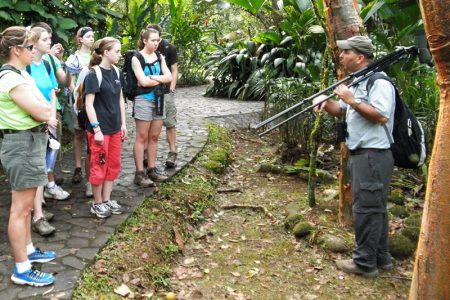Embark on a Hiking Journey Through
Costa Rica’s Natural Wonders
Costa Rica is a haven for hiking aficionados, boasting an extensive network of national parks, wildlife refuges, and private reserves. This vibrant country offers a rich tapestry of landscapes, making it an ideal destination for those looking to explore the great outdoors on foot.
The variety of hiking trails in Costa Rica is astonishing, ranging from verdant rainforests and pristine sandy beaches to misty cloud forests. This diversity ensures that there is something for every type of hiker, whether you prefer a gentle stroll along the beach or a rigorous trek up a mountain trail.
Before you set out on your Costa Rican hiking adventure, it’s essential to be well-informed about what to expect. This includes knowing what to wear to stay comfortable and understanding how to remain safe while exploring the wilderness.
Dive into our guide to uncover everything you need to know before embarking on your hike in Costa Rica. Discover the top trails that promise an unforgettable experience amidst the country’s breathtaking natural beauty during your tropical getaway.
Embarking on a hiking adventure in Costa Rica? It’s crucial to start with an understanding of the country’s unique climate and how it affects the trails. Costa Rica experiences two primary seasons, each offering a distinct experience for hikers.
Dry Season Insights (December to April):
Characterized by its warm, sunny days, the dry season is perfect for exploring Costa Rica’s diverse landscapes. This period attracts a high volume of tourists, making popular trails busier and guided tours in greater demand, often at higher prices. Despite the crowds, the dry season’s clear weather makes it a prime time for hiking.
Green Season Adventures (May to November):
The green season brings rains that transform the environment into a vibrant, lush paradise, full of blooming flora. Though rain showers and occasional downpours might require some flexibility in your hiking plans, the beauty of the rejuvenated nature is unparalleled. Plus, fewer tourists mean more tranquility on the trails and lower prices on travel essentials.
Navigating National Parks:
Most of Costa Rica’s hiking trails are nestled within its national parks. Entry fees typically range from $10 to $20, granting you access to well-maintained trails. Note that some destinations, like Corcovado National Park or the trek to Mount Chirripo, require prior reservations or guided tours, so planning ahead is essential.
Responsible Hiking Practices:
Embracing the Leave No Trace principles is paramount in Costa Rica. Preserve the natural beauty by not disturbing the environment, being mindful of fellow hikers, and ensuring all your trash leaves the trail with you.
By arming yourself with this knowledge, you’re set for a rewarding journey through Costa Rica’s breathtaking trails. Whether you’re navigating the serene paths during the green season or enjoying the bustling trails in the dry months, Costa Rica’s natural wonders await.



Dressing appropriately for a hike in Costa Rica can significantly enhance your experience. Given the country’s varied climate and terrain, layering your clothing is a smart strategy. This approach allows you to adapt to changing temperatures and conditions throughout the day, especially vital during extended treks.
Adapting to Weather Changes:
With the possibility of swift weather shifts, especially in the rainy season, including a rain jacket in your pack is a prudent choice. Opt for materials other than cotton, which retains moisture, and instead choose synthetic fabrics like polyester or nylon that excel in moisture management, keeping you dry and comfortable.
Footwear Considerations:
The nature of your hike dictates the best footwear. For extensive trails, waterproof hiking boots offer indispensable support and protection. On shorter, less demanding paths, a good pair of tennis shoes might suffice. When your route involves beaches or waterfalls, consider hiking sandals for both comfort and the pleasure of easily cooling off in the water.
Sun and Insect Protection:
Sunscreen and insect repellent are essential companions on your hike to safeguard your skin from the sun’s rays and insect bites. Accessories like a hat or sunglasses provide additional defense against the sun, enhancing your comfort and safety.
Packing Essentials:
A backpack is your best ally on the trail, allowing you to carry extra sunscreen, bug spray, and necessities such as water, snacks, or even a beach towel conveniently.
By following these guidelines on what to wear and bring along, you’re setting the stage for a more enjoyable and worry-free hiking adventure in the beautiful landscapes of Costa Rica.
Embarking on a hiking journey through Costa Rica’s stunning landscapes is an exciting adventure. To fully enjoy the beaches, rainforests, and volcanic terrains, prioritizing safety is crucial. Here are key tips to keep in mind for a secure and enjoyable experience:
Plan for an Early Start:
Begin your hikes early to avoid being on the trails after dark. Many of Costa Rica’s hiking paths are within national parks with specific closing hours. Familiarize yourself with the park hours to ensure your hike aligns with these schedules.
Stay Informed About the Weather:
Before setting out, check the weather forecast. The green season often brings rainstorms, and volcanic areas may have unique safety considerations. Consult park rangers for the latest information on trail conditions and safety.
Carry Essential Safety Gear:
Equip yourself with vital safety items, including a first-aid kit, a multipurpose tool, a flashlight, and a whistle. These tools are indispensable for addressing injuries, navigating after dusk, or signaling for assistance.
Pack Sufficient Food and Water:
Ensure you have enough food and water to maintain energy and hydration throughout your hike. Using an insulated water bottle will keep your water cool under the sun. Always bring more supplies than anticipated in case of unexpected delays.
Hike with Company:
Whenever possible, hike with a companion for added safety. If you must hike alone, inform someone of your destination and expected return. Given the remote nature of many trails in Costa Rica, having a way to communicate your whereabouts is vital for safety.
By adhering to these safety tips, you’re setting the stage for a memorable and secure hiking adventure in Costa Rica’s breathtaking natural beauty.



The Value of Hiring a Guide for Your Costa Rican Adventure
Exploring Costa Rica’s rich ecosystems and trails can be significantly enhanced by the expertise of a local guide. These professionals not only depend on the tourism industry for their livelihood but also offer unparalleled insights into the country’s natural wonders. With a keen eye for detail, guides can point out the wildlife and natural features you might miss on your own, from the elusive bat and camouflaged animals to the signs of tapirs and the quiet presence of a sleeping monkey.
Wherever possible, opt for park-approved guides. Costa Rica’s robust tourism infrastructure includes a network of certified guides who have specialized knowledge in various aspects of the local environment. Whether you’re interested in the rich tapestry of native trees and medicinal plants or the diverse birdlife, there’s a guide with the expertise to make your experience more enriching. Embracing the guidance of a knowledgeable local not only supports the community but also deepens your connection to the natural beauty and cultural heritage of Costa Rica.
The Value of Hiring a Guide for Your Costa Rican Adventure
Exploring Costa Rica’s rich ecosystems and trails can be significantly enhanced by the expertise of a local guide. These professionals not only depend on the tourism industry for their livelihood but also offer unparalleled insights into the country’s natural wonders. With a keen eye for detail, guides can point out the wildlife and natural features you might miss on your own, from the elusive bat and camouflaged animals to the signs of tapirs and the quiet presence of a sleeping monkey.
Wherever possible, opt for park-approved guides. Costa Rica’s robust tourism infrastructure includes a network of certified guides who have specialized knowledge in various aspects of the local environment. Whether you’re interested in the rich tapestry of native trees and medicinal plants or the diverse birdlife, there’s a guide with the expertise to make your experience more enriching. Embracing the guidance of a knowledgeable local not only supports the community but also deepens your connection to the natural beauty and cultural heritage of Costa Rica.
Embark on a journey to uncover the unparalleled beauty of Costa Rica through its most iconic hiking trails. From the dense foliage of ancient rainforests and the serene ambiance of secluded beaches to the majestic heights of towering mountains, this list presents the top 20 hikes that promise breathtaking scenery and thrilling adventures:
1. Corcovado National Park: Immerse yourself in one of the planet’s most biologically diverse environments, where jungle meets sea.
2. Arenal Volcano National Park: Circumnavigate the base of this active volcano for extraordinary views of lava fields and Arenal Lake.
3. Monteverde Cloud Forest Reserve: Venture into the heart of the cloud forest, where misty trails and suspension bridges await.
4. Manuel Antonio National Park: Enjoy a harmonious blend of tropical beaches and dense rainforest trails teeming with wildlife.
5. Rincón de la Vieja Volcano National Park: Explore a dynamic landscape of geothermal wonders, from bubbling mud pools to thermal springs.
6. Chirripó National Park: Ascend to the summit of Costa Rica’s highest peak, enjoying panoramic views spanning the Pacific to the Caribbean.
7. Tortuguero National Park: Discover the rich biodiversity of this remote, water-bound region, accessible only by boat or plane.
8. Tenorio Volcano National Park: Follow the path to the enchanting Rio Celeste waterfall, famed for its vibrant turquoise waters.
9. Braulio Carrillo National Park: Traverse this less-explored jungle paradise, rich with rivers, waterfalls, and diverse flora and fauna.
10. Cahuita National Park: Stroll along scenic coastal trails, where the rainforest embraces the Caribbean Sea.
11. Santa Rosa National Park: Explore historical trails leading to untouched beaches and vital sea turtle nesting sites.
12. Piedras Blancas National Park: Embrace the tranquility of this pristine rainforest, ideal for birdwatching and wildlife spotting.
13. La Fortuna Waterfall: Journey to this majestic waterfall, where a refreshing swim in the natural pool below awaits.
14. Irazú Volcano National Park: Experience the surreal landscape of Costa Rica’s tallest volcano, with views extending to both the Pacific and Caribbean on a clear day.
15. Los Quetzales National Park: Seek out the elusive quetzal in the vibrant ecosystems of this high-altitude cloud forest.
16. Playa Chiquita: Uncover hidden beaches and coastal forests in this serene, off-the-beaten-path paradise.
17. Nicoya Peninsula: Delve into the dry tropical forests and pristine beaches of one of Costa Rica’s most remote areas.
18. Carara National Park: Walk the trails where the dry forests of the north meet the humid south, offering a habitat for a vast array of bird species, including the scarlet macaw.
19. Gandoca-Manzanillo Wildlife Refuge: Wander through lush rainforests and mangroves to find secluded beaches and a rich marine ecosystem.
20. Cerro Chato: Challenge yourself with a hike up this extinct volcano for a view of the crater lake and the surrounding rainforest.
These trails not only showcase the diverse landscapes of Costa Rica but also offer opportunities for adventurers of all levels to connect with nature and experience the country’s renowned biodiversity firsthand.